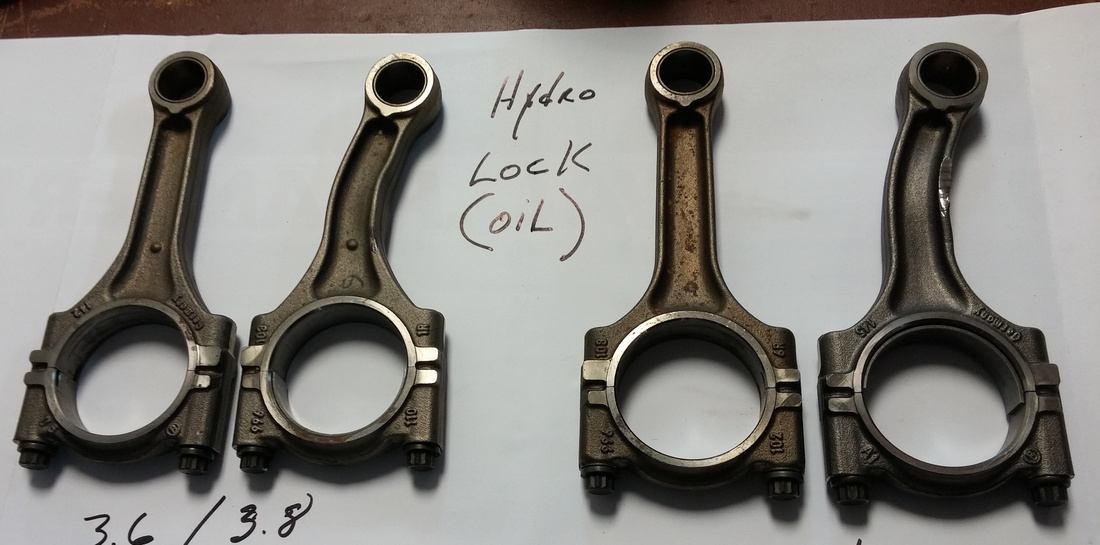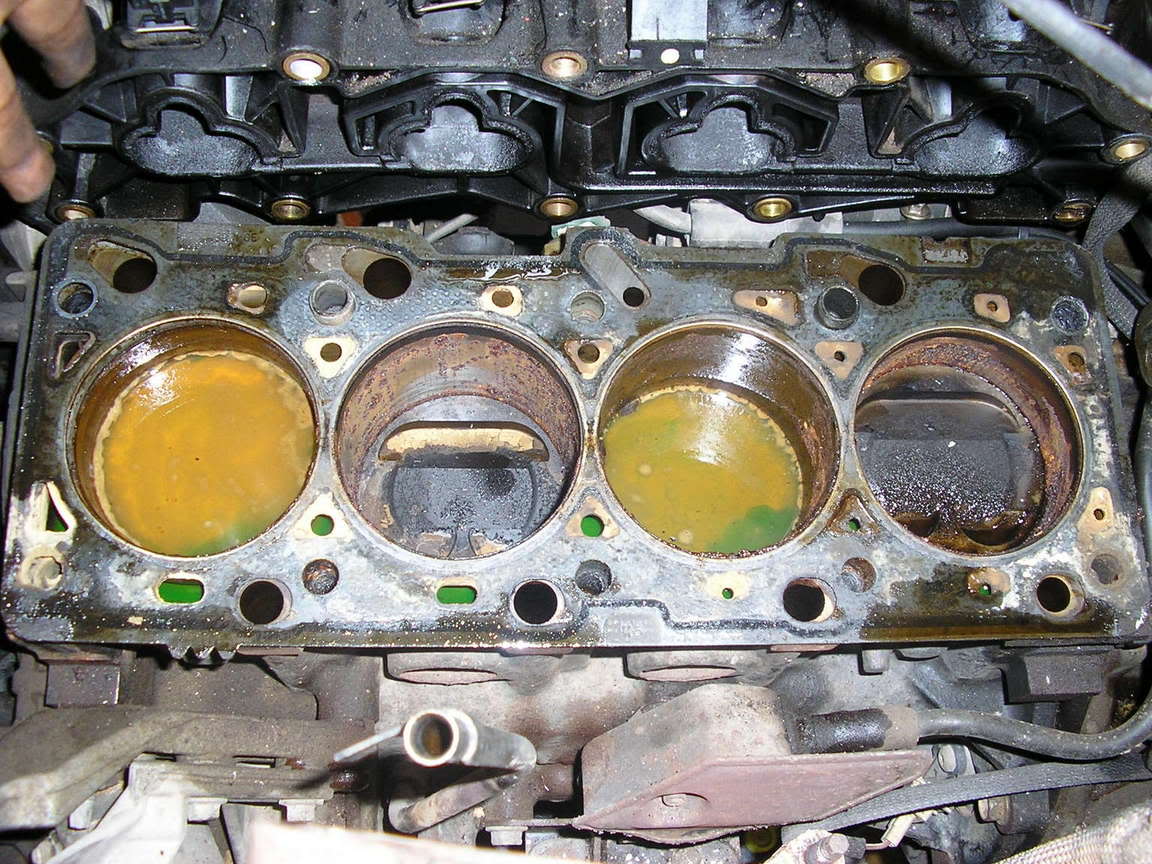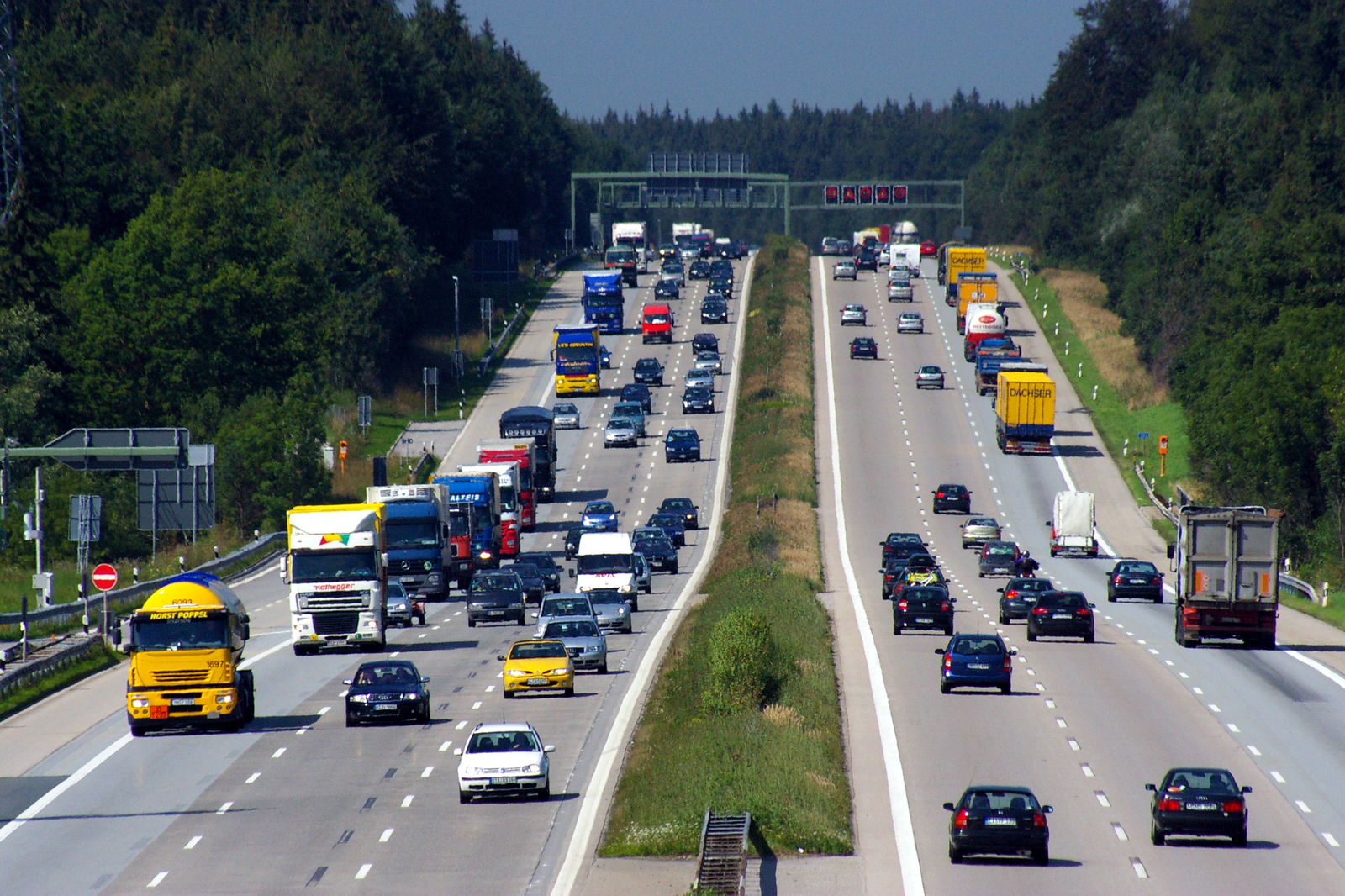What Is Hydrolocking, And Why Does It Kill Engines?

We’ve all seen those videos on TikTok of some brave soul charging into a gigantic puddle along some tiny country road, only for their car to comically seize up moments later in a plume of steam. That right there is hydrolocking in action, and it’s the number one reason why you should think twice about driving through any sort of water. But exactly causes hydrolocking? We explain.
Why do engines hydrolock?

If you’re a regular at a site named CarThrottle.com, you probably don’t need us to tell you, but the metal that makes up an internal combustion engine, the fire that powers the car and the water do not at all play well together.
Hydrolocking is when an engine either seizes or suffers catastrophic failure after a substantial volume of water works its way into the cylinders. The internals of a combustion engine are designed to deal with the compression of air – water, on the other hand, is virtually incompressible unless an incredible amount of pressure is applied to it. Certainly, more than you’ll get from an engine.
Most often, water will worm its way into an engine through the air intake if it’s submerged – which is the reason so many serious off-roaders will have high-mounted snorkels.
If water fills the combustion chamber, the rotation of the crankshaft will force the pistons upwards to try and compress the fluid. With the force from the water being larger than the load the engine components can cope with, something has to give.
What happens if I hydrolock my engine?
If you’re lucky, an engine may simply seize up, grinding to a halt. This can also be the case if hydrolock occurs when an engine is simply idling rather than rotating at any great speed.
If this is all that happens, you’ve gotten away lightly. Usually, flushing the engine by removing the spark plugs and turning it over to spit the water out will do the trick. The engine should be fully checked, removing the inlet manifold and cylinder head to check for any further damage and to rid the powertrain of any residing water. Changing any gaskets that could have possibly been affected would also be wise.

The real damage occurs when a large volume of water makes its way into the cylinders, especially of a powerful engine with a decent capacity that is running at speed. The forces involved will almost certainly break internal components, with the most common failure being the connecting rods.
If the connecting rods bend, they’ll need replacing and that involves a whole engine rebuild. It’s even worse if they fully snap, causing large shards of metal to bounce around the cylinders and down into the crankcase. That energy has to go somewhere, and it’s often through the cylinder head or down into the sump. That’ll require a whole new engine, or more probably, send your car to the scrapyard.
How can I avoid hydrolocking?

This one is easy – don’t drive through water. No, seriously, even if you think your car has a chance it’s usually best to not even risk it. Unless you’ve got a serious 4x4 build and you’re intentionally seeking out the floods.
If you do have to regularly encounter deeper puddles, approach with extreme caution and drive through slowly to create a bow wave. This will give your engine a little bit of breathing space. Full send is not the answer.
Oh, and if you’re modifying your car, be mindful of where you’re putting that intake. It may look cool having a cone filter lower on your bumper and in some cases better for performance, but you do have to be extra careful not to flood it.


Comments
First!
Insert original meme here*
I live in Arizona. We don’t have puddles here. Or really even water for that matter.
I love when people take such good care of their exotic cars!
“I think I got a good deal” Adam LZ 2017
What’s hydrolocking again?
We already knew this. Especially with people who have driven their cars through huge puddles or the head gasket blew or head cracked.
I once killed a Land Rover Defender by trying to cross a river in it.
I don’t want to talk about this any more…
That’s why we get amphibious vehicles.
Favorite youtube mechanic my butt. He called Mercedes’ money pit machines, they’re not money pit machines if you know how to work on them and/or have any knowledge of something called googling it
Pagination